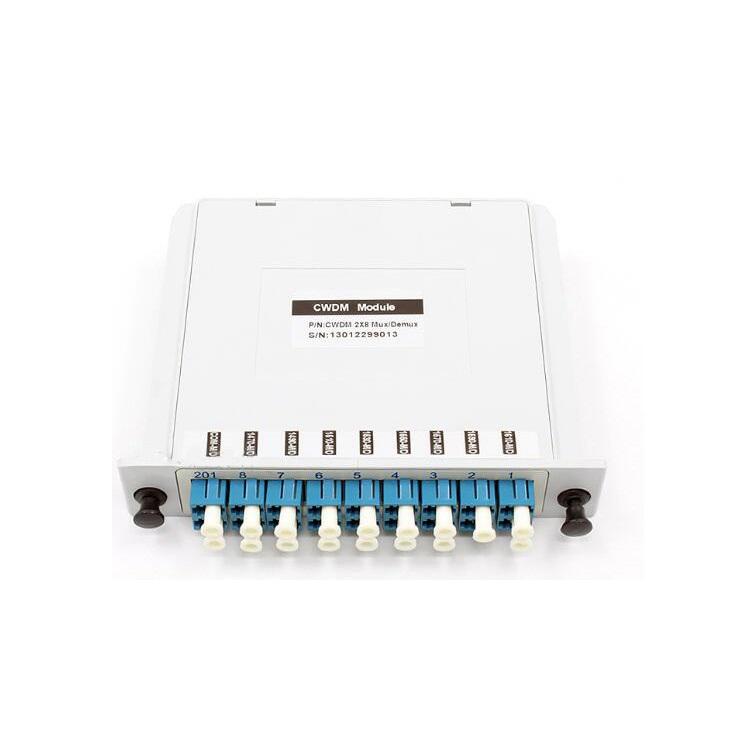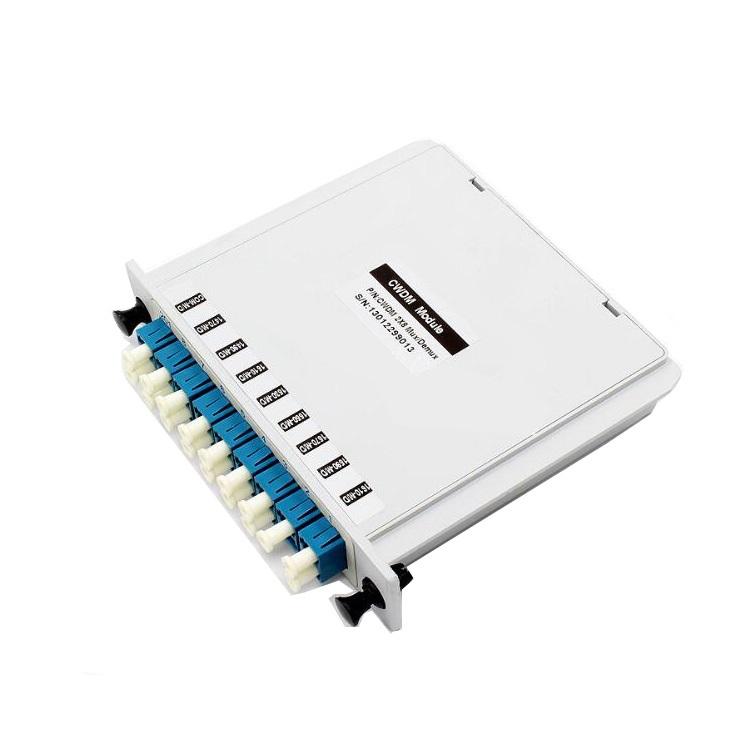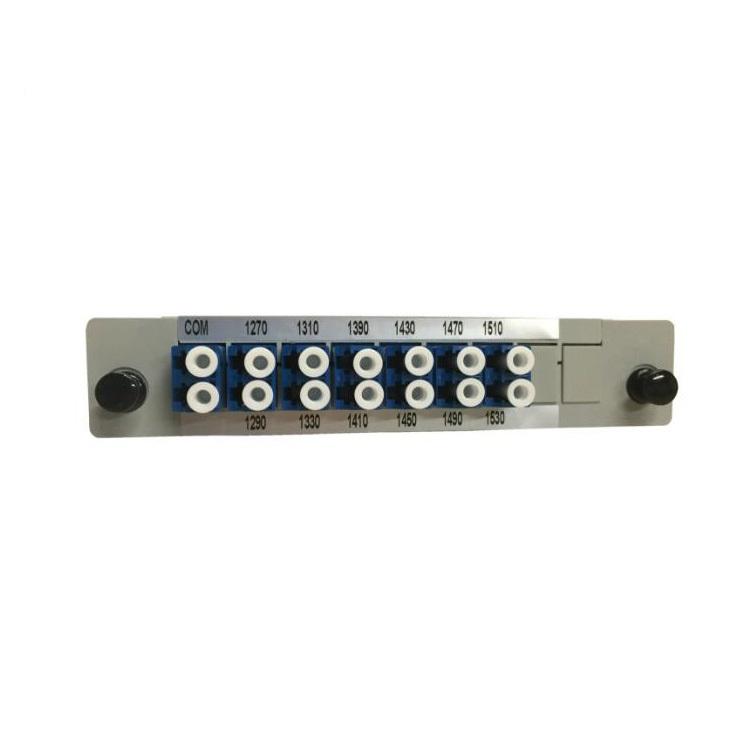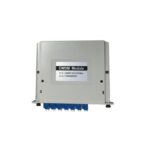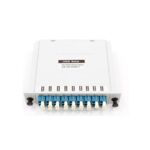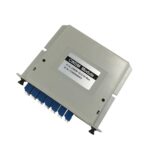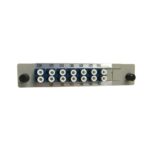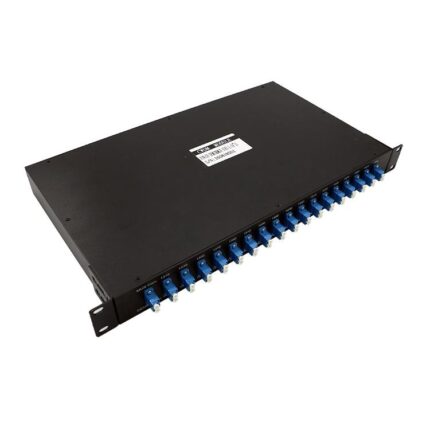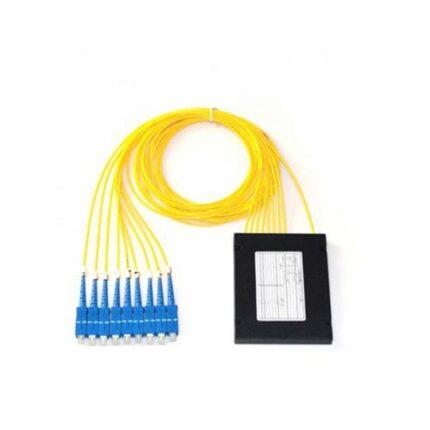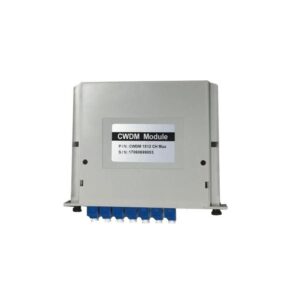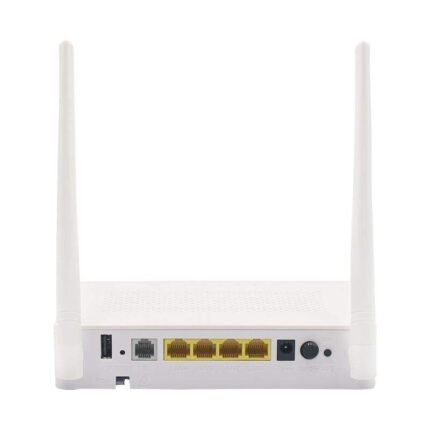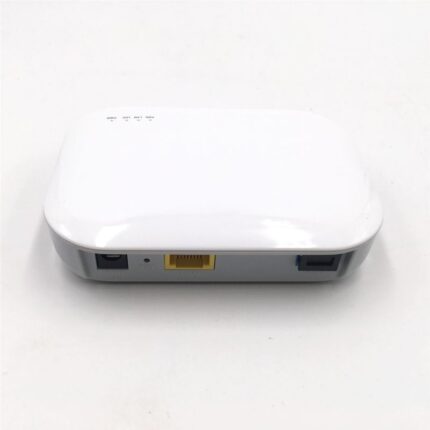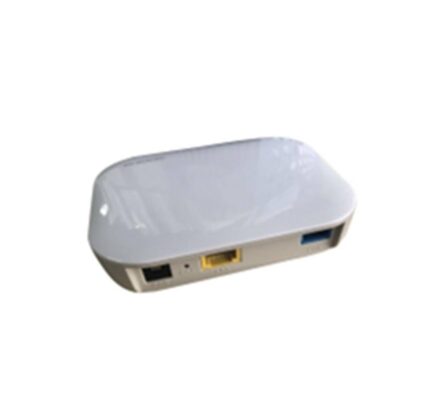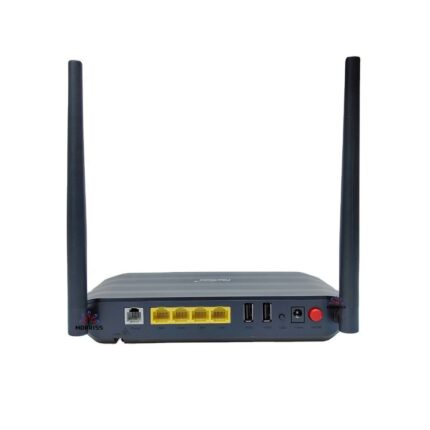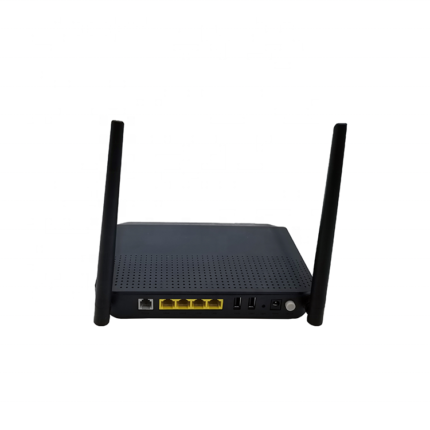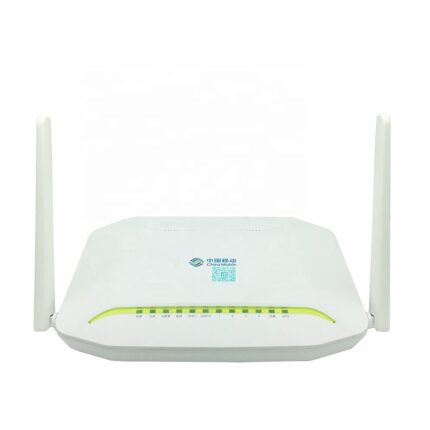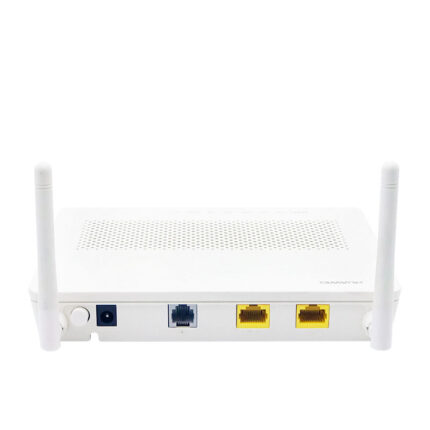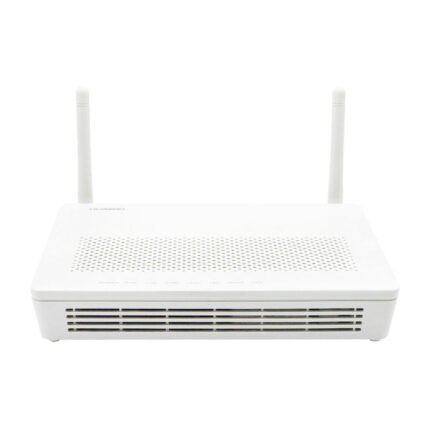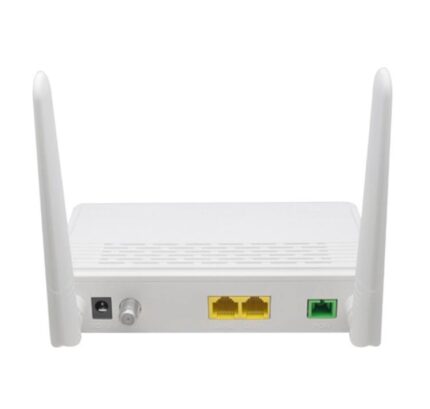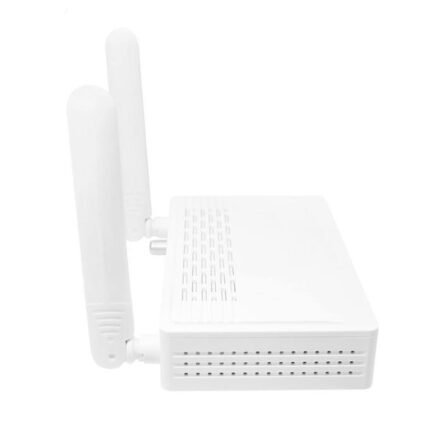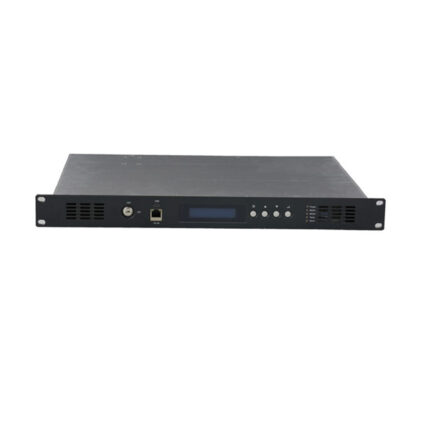CWDM Description:
CWDM used to be the popular choice in low capacity, short distance and low rate (up to 10G per wavelength) applications, and in networks where the initial requirement is up to 16 wavelengths. The low cost entry point especially for 1G and 10G services and the difference in economic scale make CWDM ideal for initial low capacity network set up.
However, it reach is limited as it cannot be amplified and does not support tunable DWDM 100G/200G/400G wavelengths so becoming less and less common in new designs of optical networks. This networks typically transport 8 client interfaces over the same fiber. The large bandwidth of its wavelengths and the spacing between them enable to expand the network between 1531nm and 1551nm.
Features:
- DWDM is a technique used in optical fiber communication to multiplex several optical carrier signals onto a single optical fiber by using different wavelengths of laser light.
Wavelength Range:
- It typically operates in the wavelength range of 1270 nm to 1610 nm, with channel spacing usually 20 nm apart.
Channel Capacity:
- CWDM systems can multiplex anywhere from 4 to 18 channels (wavelengths) onto a single fiber, depending on the specific implementation.
Simplex Transmission:
- Unlike Dense Wavelength Division Multiplexing (DWDM), typically employs simplex (unidirectional) transmission, which simplifies the system and reduces costs.
Passive Components:
- CWDM systems often use passive components like multiplexers and de multiplexers to combine and separate the different wavelengths, respectively.
Cost-Effectiveness:
- It is generally more cost-effective than DWDM due to its use of wider channel spacing and less complex equipment.
Data Rates:
- Supports various data rates ranging from 100 MBPS to 10 GBPS per channel, making it suitable for a wide range of applications.
Protocol Agnostic:
- CWDM is protocol agnostic, meaning it can transport any type of data, including Ethernet, SONET/SDH, Fiber Channel, etc.
Transmission Distance:
- CWDM systems typically support shorter transmission distances compared to DWDM, typically up to 80 km without amplification.
Deployment Scenarios:
- Commonly deployed in metro and access networks, campus networks, and in data center interconnects where high bandwidth and cost-effectiveness are critical.
Upgradability:
- Systems are relatively easy to upgrade by adding additional channels as the need for more bandwidth arises.
Interoperability:
- Equipment from different vendors is usually interoperable, allowing for flexibility in system design and deployment.
Specifications of CWDM:
| Specification | Description |
|---|---|
| Wavelength Range | 1270 nm to 1610 nm (Typical) |
| Channel Spacing | 20 nm (Typical) |
| Number of Channels | 4 to 18 |
| Channel Capacity | Up to 10 GBPS per channel (Typical) |
| Transmission Distance | Up to 80 km without amplification (Typical) |
| Data Rate | 100 MBPS to 10 GBPS per channel (Typical) |
| Multiplexing Type | Passive |
| Protocol Compatibility | Ethernet, SONET/SDH, Fiber Channel, etc. |
| Deployment | Metro and access networks, campus networks, data center interconnects |
| Interoperability | Equipment from different vendors is usually interoperable |
| Cost-Effectiveness | More cost-effective compared to DWDM |
| Upgradability | Relatively easy to upgrade by adding additional channels |

